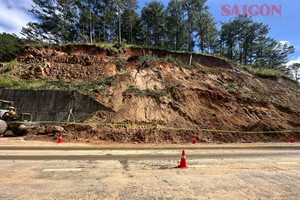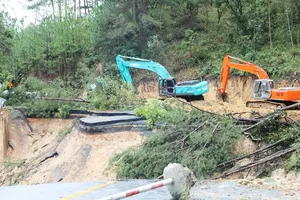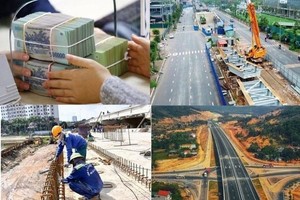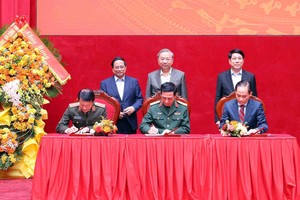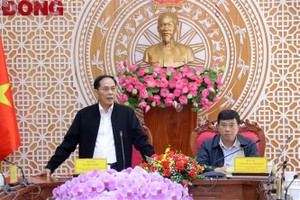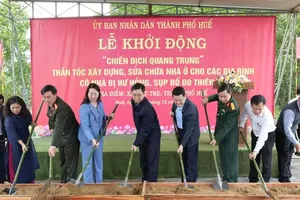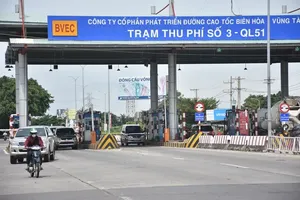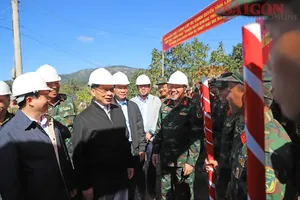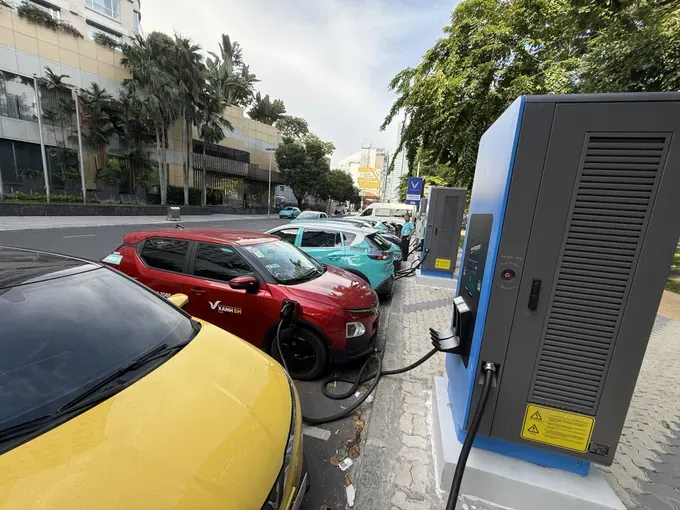
The EV battery market is dominated by Lithium-ion (Li-ion) technology, which primarily uses two chemistries, namely LFP and NMC.
LFP (Lithium-Iron-Phosphate) batteries are safer, cheaper, and less reliant on rare metals, with a range of 300-500km, making them well-suited for Vietnam’s hot climate. In contrast, NMC (Nickel Manganese Cobalt) batteries offer a longer range exceeding 500km but carry a higher fire risk if not properly maintained.
The future of EV batteries looks even more promising. Solid-state technology is emerging as a potential game-changer, using a solid electrolyte to boost energy density and push driving ranges to an impressive 800-1,000km while also being lighter and more durable.
Relentless innovation is yielding other alternatives, including Sodium-ion batteries that are 30 percent cheaper and Graphene-based batteries with potential five-minute charging times.
In 2025, the global market is led by Chinese corporations. The world’s largest battery maker, CATL, commands a 37.9 percent market share. Meanwhile, automaker BYD continues to innovate with its safe, cobalt-free LFP “Blade Battery,” which enables a range of up to 690km and highlights the industry’s rapid advancement.
Here in Vietnam, the EV market is also booming, largely thanks to preferential policies from domestic leader VinFast. Delivering over 11,000 vehicles per month, VinFast uses Li-ion batteries for its VF e34, VF8, and VF9 models, and the safer LFP batteries for its VF5 Plus, VF6, and VF7. In addition, lead-acid batteries are used for electric motorbike models like Feliz and Klara A2.
EVs boast remarkable energy efficiency, converting 87 to 91 percent of electricity into kinetic energy, compared to just 20 to 30 percent for gasoline cars. This translates to significant savings; charging an EV for a 100km trip costs only around VND20,000-30,000 (US$0.76-1.14), roughly 40 percent less than gasoline. They also produce zero tailpipe emissions.
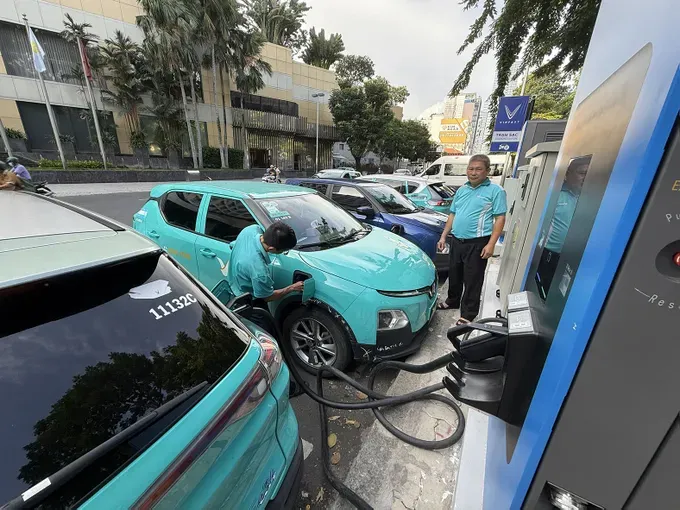
However, EVs come with a number of trade-offs. The initial purchase price is high, as the battery can account for up to 30 percent of the vehicle’s total value. Charging times, ranging from 30 minutes to 8 hours, make EVs less convenient for long journeys. Furthermore, Vietnam’s hot and humid climate can degrade battery life up to 20 percent faster than in temperate regions, and a reliance on imported batteries poses supply chain risks.
From an environmental perspective, the mining of lithium, cobalt, and nickel means battery production has a higher initial carbon footprint than manufacturing a gasoline car. Battery recycling also remains a formidable challenge, with reuse rates in 2025 hovering between just 50 and 80 percent. In Vietnam, importing batteries from China increases supply chain dependency, while the hot climate can cause batteries to degrade 20 percent faster than in temperate regions.
Choosing right battery, avoiding fire risks
For electric cars used primarily for city driving, consumers should prioritize the LFP battery type due to its excellent durability and superior safety as it’s highly resistant to catching fire from high heat or impact.
For electric motorbikes, a 48V-72V Li-ion battery is the popular choice, offering a range of 50-100km. LFP batteries are again the recommended option for enhanced safety. While cheap, heavy lead-acid batteries should be avoided, as their short range (25-40km) makes them suitable only for very brief trips.
In Vietnam’s climate, cobalt-free LFP batteries are a standout choice for their stability. Standard Li-ion batteries, while energy-dense, are more prone to catching fire if charged improperly, for example, with an incompatible charger. To ensure quality and safety, consumers should always check that a battery has international certifications, such as UL or CE.





